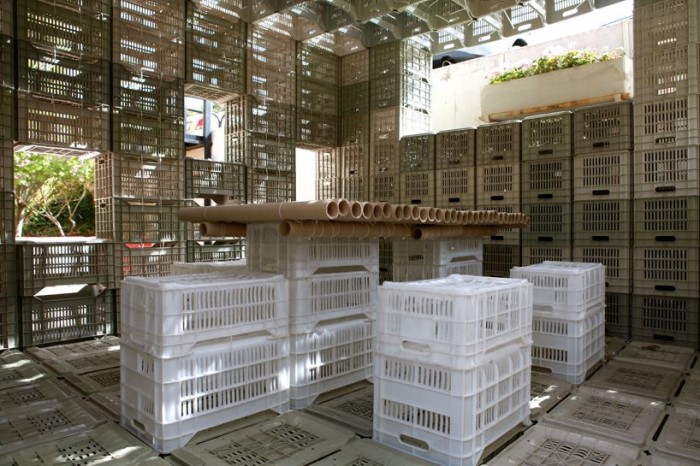Advantages of plastic shelters: are they suitable for emergencies

In times of emergencies and disasters, the availability of reliable shelters is of utmost importance. While traditional shelters have served their purpose, there is a growing recognition of the need for sustainable and environmentally friendly alternatives. Plastic shelters have emerged as a viable solution, offering a range of benefits that combine functionality, durability, and sustainability. In this article, we will explore the advantages of plastic shelters as a sustainable approach to emergency preparedness.
1. Lightweight and Portable:
Plastic shelters are designed to be lightweight and portable, making them highly convenient during emergency situations. Compared to traditional shelters made from materials like wood or metal, plastic shelters are easier to transport and assemble. Their lightweight nature enables swift deployment and relocation, ensuring quick response and flexibility in accommodating changing circumstances.
2. Quick and Easy Assembly:
Plastic shelters are engineered for rapid deployment and straightforward assembly. They often utilize modular designs that allow for effortless connection and construction. With minimal tools and training required, these shelters can be set up efficiently by emergency responders or individuals in need. This ease of assembly saves valuable time and resources during critical situations.
3. Durability and Weather Resistance:
Plastic shelters are designed to withstand various weather conditions and provide reliable protection. They are built using robust plastic materials, such as high-density polyethylene (HDPE), that offer excellent durability and resistance to extreme temperatures, moisture, and UV radiation. This durability ensures that the shelters can withstand harsh environments and continue to provide a safe haven for occupants.
4. Versatility in Design:
Plastic shelters come in a variety of designs and sizes to meet different needs. They can be customized to accommodate specific requirements, whether for temporary housing, medical facilities, command centers, or storage units. The versatility in design allows for efficient space utilization and the ability to adapt to the evolving needs of the situation.
5. Sustainable Material Choice:
One of the key advantages of plastic shelters is their sustainable nature. Many plastic shelters are made from recycled or recyclable materials, reducing waste and promoting a circular economy. Additionally, plastic is a lightweight material, meaning it requires less energy and resources for transportation and construction compared to traditional shelter materials. By choosing plastic shelters, we can minimize our environmental footprint and contribute to sustainable practices.
6. Easy Maintenance and Cleaning:
Plastic shelters are designed for easy maintenance and cleaning, ensuring a hygienic and safe environment. The non-porous nature of plastic materials makes them resistant to stains, mold, and bacteria. Cleaning can be done using simple disinfectants or water, making it convenient to maintain cleanliness and sanitation within the shelters.
7. Reusability and Longevity:
Plastic shelters are often reusable and have a long lifespan. The durable nature of plastic materials allows shelters to be dismantled, stored, and reused in future emergencies. This reusability reduces the need for constant replacement and minimizes waste generation. Plastic shelters offer a cost-effective solution that can serve multiple emergency situations, providing value for both communities and organizations.
8. Community Engagement and Empowerment:
Plastic shelters can foster community engagement and empowerment during emergency situations. With their easy assembly and customizable features, communities can actively participate in setting up and organizing the shelters according to their specific needs. This involvement promotes a sense of ownership, self-reliance, and resilience within the community, strengthening social bonds and collective support.
Conclusion:
Plastic shelters offer a sustainable approach to emergency preparedness, combining functionality, durability, and environmental consciousness. Their lightweight and portable nature, quick assembly, durability, versatility in design, and sustainable material choice make them an ideal solution for emergency situations. By embracing plastic shelters, we can enhance our response capabilities, minimize environmental impact, and foster resilient communities. As we continue to prioritize sustainable practices, plastic shelters stand as a
testament to innovative solutions that address both human needs and ecological considerations.



